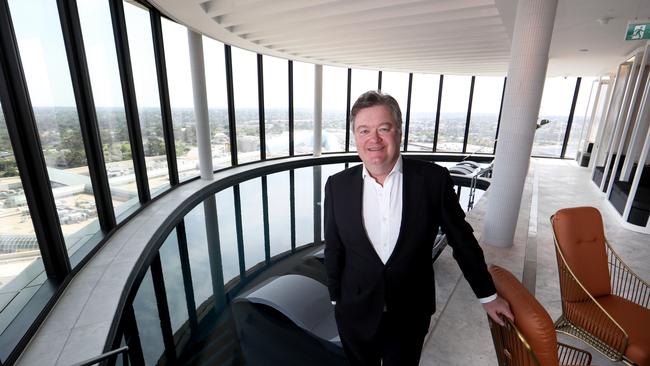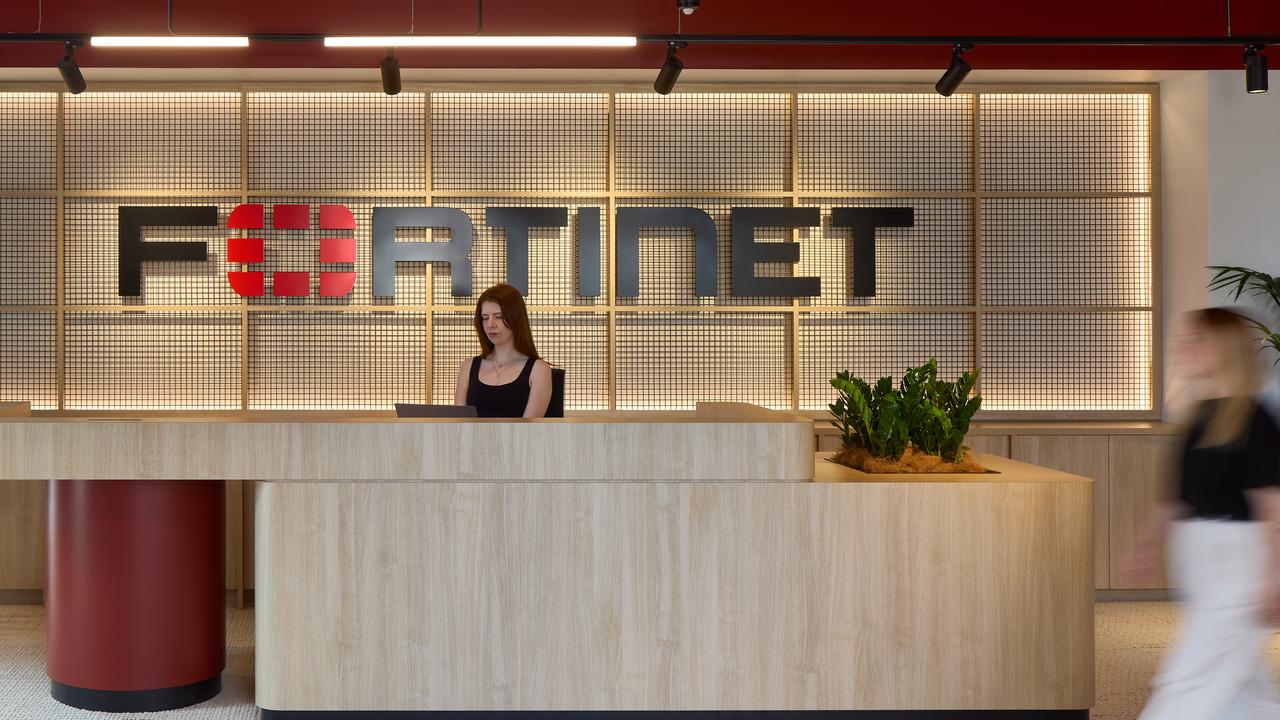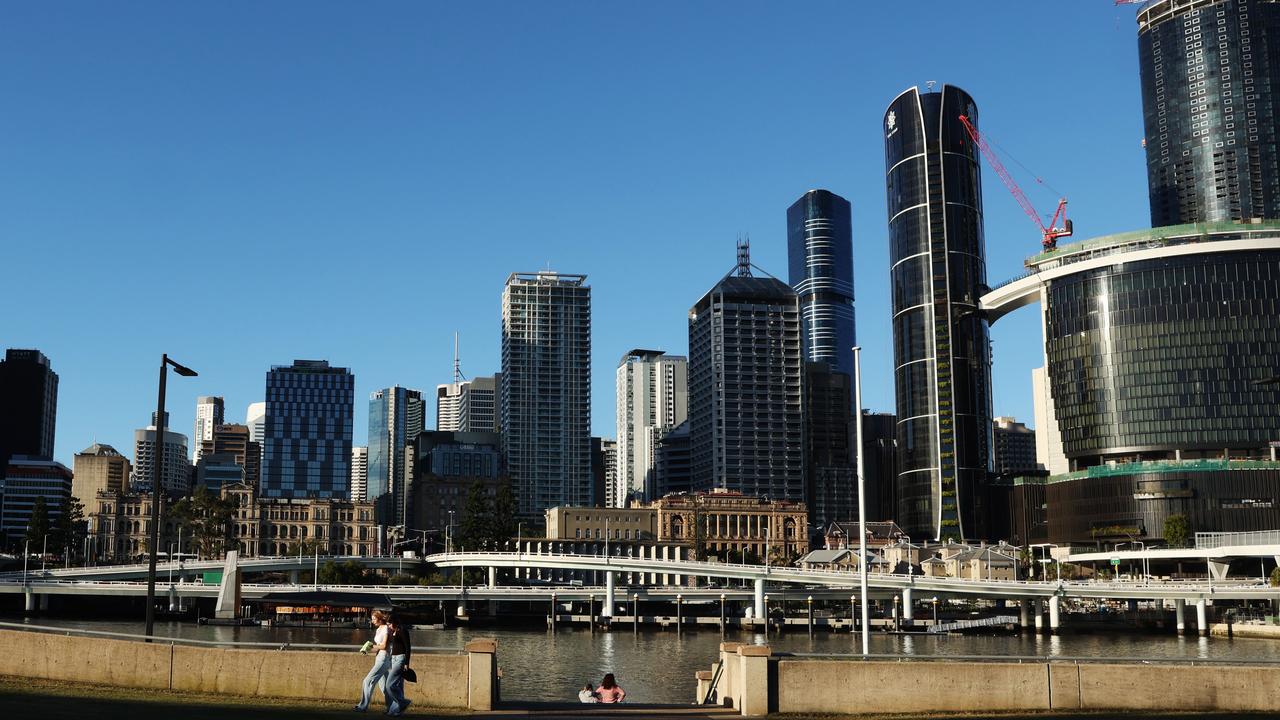Vicinity suffers lockdown pain and flags digital shift
The shopping centre giant posts a $258m full year loss but says malls will bounce back once vaccination rates rise.

Shopping centre landlord Vicinity Centres has fallen to a $258m full year loss as large malls struggle under the weight of the pandemic.
It declined to give guidance due to heightened Covid-related uncertainty following outbreaks of the Delta variant, particularly in NSW.
Vicinity flagged a switch to new areas including property funds, logistics, data, automation, AI and energy, as well as mixed use developments, and it hopes these new fields will make up about 20 per cent of its earnings by the end of the decade.
The big switch comes as large malls face a hard road back to normal trading as states deal with surging coronavirus outbreaks, although Vicinity said that malls had bounced back even from prolonged lockdowns in Victoria, with the experience not differing from areas coming out of shorter lockdowns.
The company is also looking to convert more traditional malls into mixed use properties, with offices the first element it is promoting as workers switch to the suburbs.
Vicinity’s result comprised primarily of Funds From Operations of $558.8m and a property valuation loss of $642.7m as the value of its mall empire, which includes a stake in Melbourne’s Chadstone Shopping Centre, was cut.
Vicinity chief executive Grant Kelley said while the company’s medium to longer term outlook was optimistic its short term outlook remained uncertain as some states grapple with lockdowns and Covid outbreaks.
“We are impacted by lockdowns, particularly in centres where there‘s a high discretionary spend,” Mr Kelley said. “What is pleasing is the pace at which customers return to the centres after the lockdowns end.”
Vicinity has already put in place solar energy, would make more use of its digital platform and in logistics would aim to work with online aggregators and omnichannel distribution models used by retailers.
Mr Kelley said the pandemic had accelerated trends that were already hitting retail and the company was using the opportunity to refine its strategy.
This will include expanding the $9bn of capital it already manages for 23 partners. “Retail is at the core of our business but we‘re supplementing it with these additional uses,” Mr Kelley said.
He pointed to the resilience of the retail sector once it came out of lockdowns when mall visitation rebounded and consumer spending stayed strong. “We‘re working towards what we hope will be a period of stabilisation perhaps in the early part of next calendar year,” he said.
Vicinity chief operating officer Peter Huddle said that last half had been the strongest since 2017 and there was not repercussions to recoveries after protracted lockdowns, as compared to short sharp shut downs.
The company’s rent collection rate hit 80 per cent in July and in August was running about 15-20 per cent per week below its normal levels.
Vicinity’s funds from operations was 7.4 per cent higher than fiscal 2020, largely reflecting strong net property income growth, which was up 8.7 per cent to $743.4m.
The $258m loss was up from fiscal 2020’s hefty $1.8bn loss, that was taken as the pandemic struck, stripping the value from malls as nationwide lockdowns were imposed.
Vicinity said there was positive momentum and underlying resilience in visitation and retail sales in the last half as restrictions eased.
The company had improved cash collections over fiscal 2021 with 84 per cent of gross rental billings collected. It also kept up occupancy, at 98.2 per cent with strong leasing activity in the last half.
The company paid a distribution of 10c per share, reflecting a payout ratio of 93.7 per cent of adjusted FFO, up on fiscal 2020’s 7.7c per security and payout ratio of 69.3 per cent.
Jarden analysts Lou Pirenc and Andy MacFarlane said that like other retail REITs, Vicinity had seen some signs of recovery in the second half, albeit less so given its exposure to Victoria and CBD assets.
“The lockdown should not surprisingly drive some downgrades to consensus forecasts but the recovery post lockdowns should be significant and could surprise the market,” they said.
Macquarie analyst Stuart McLean said Vicinity‘s FFO was 4 per cent ahead of market expectations.
Vicinity sales and footfall were also on path to recovery, he said. Taking out the impact of Victorian lockdowns sales were 6.1 per cent up half on half and customer visitation was running at 92 per cent of pre-Covid levels.
Vicinity securities edged up by 1.6 per cent to $1.60.



